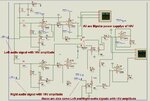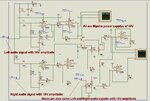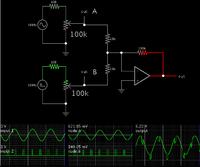fadverd
Junior Member level 3

hi friends
i am doing final year project of design of active noise cancellation headphones.. i have stucked at point.. and does't find solution. and too worried cause of limited time ahead..:-( so plzz any body can help me.. i ll be much thank full
regards
Fleming
i am doing final year project of design of active noise cancellation headphones.. i have stucked at point.. and does't find solution. and too worried cause of limited time ahead..:-( so plzz any body can help me.. i ll be much thank full
regards
Fleming










